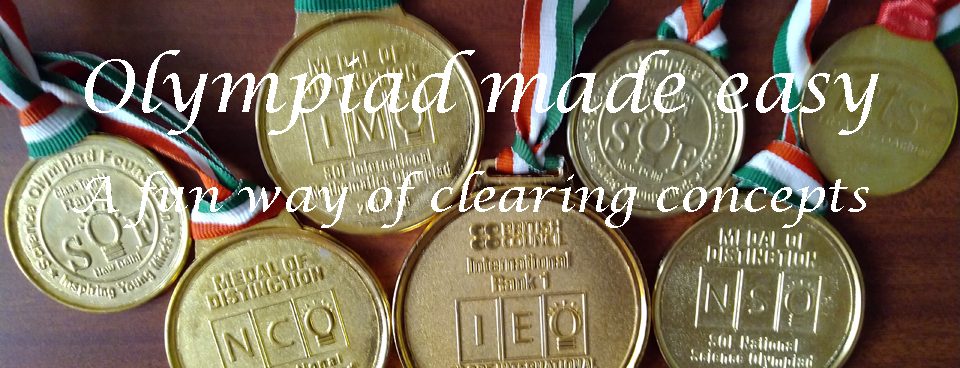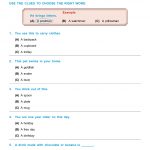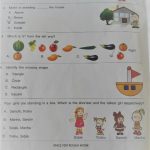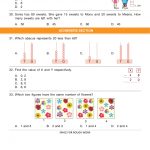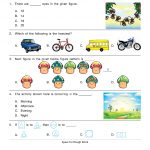Grade 1 : Math workbook
These worksheets help students to process skills for everyday life. They are pictorial so that grade 1 kids find it interesting and apply their knowledge to solve problems.
The worksheets in this section teach some simple mathematical skills like matching digits with the words and counting numbers. Some worksheets have comparison and also write the missing numbers.
The difficulty level of the worksheets will increase in the subsequent posts ; so keep visiting the website for more practice.
So lets kickstart with these simple interesting worksheets.
